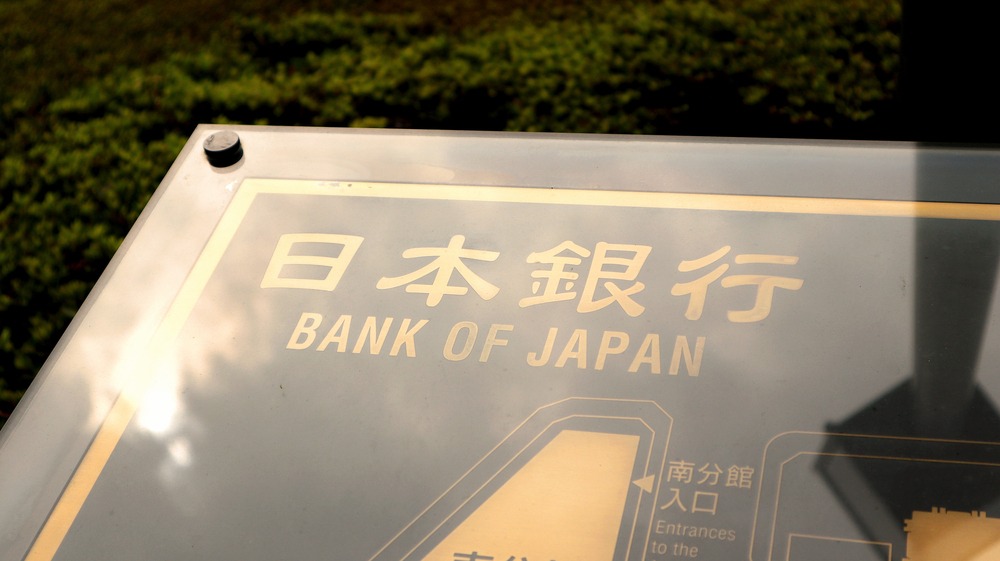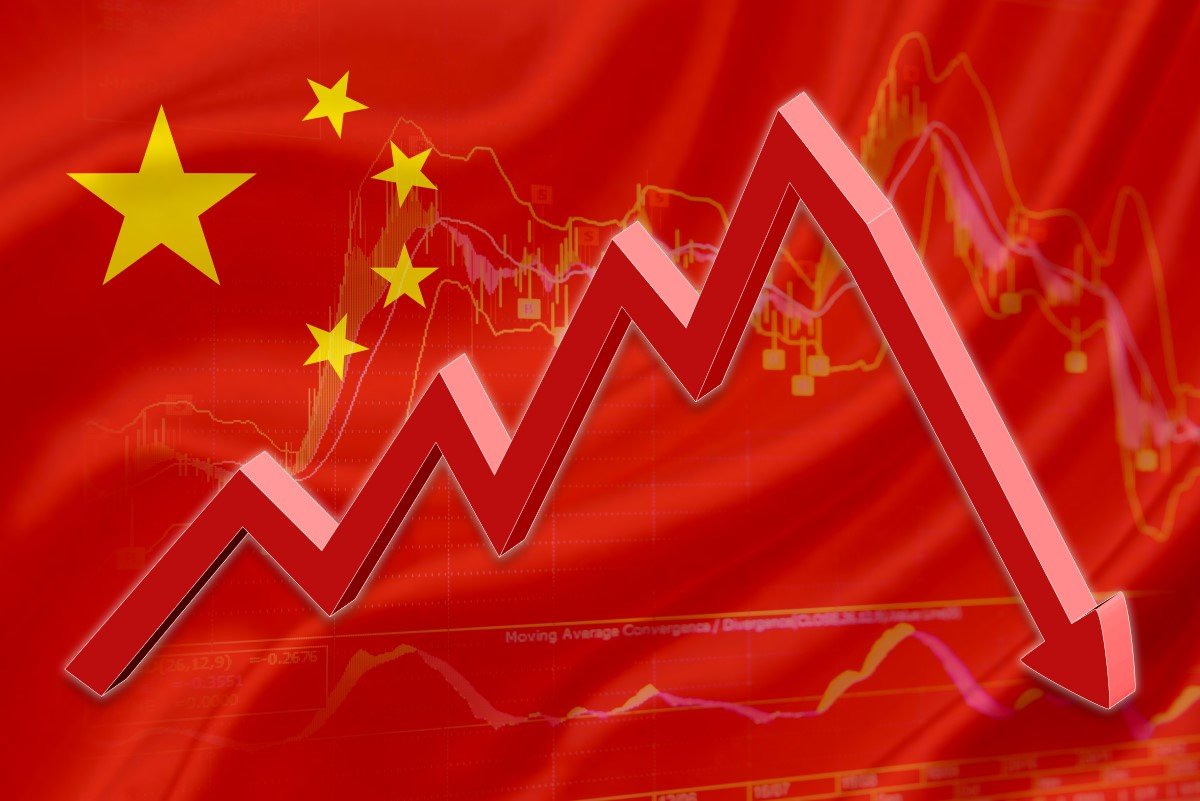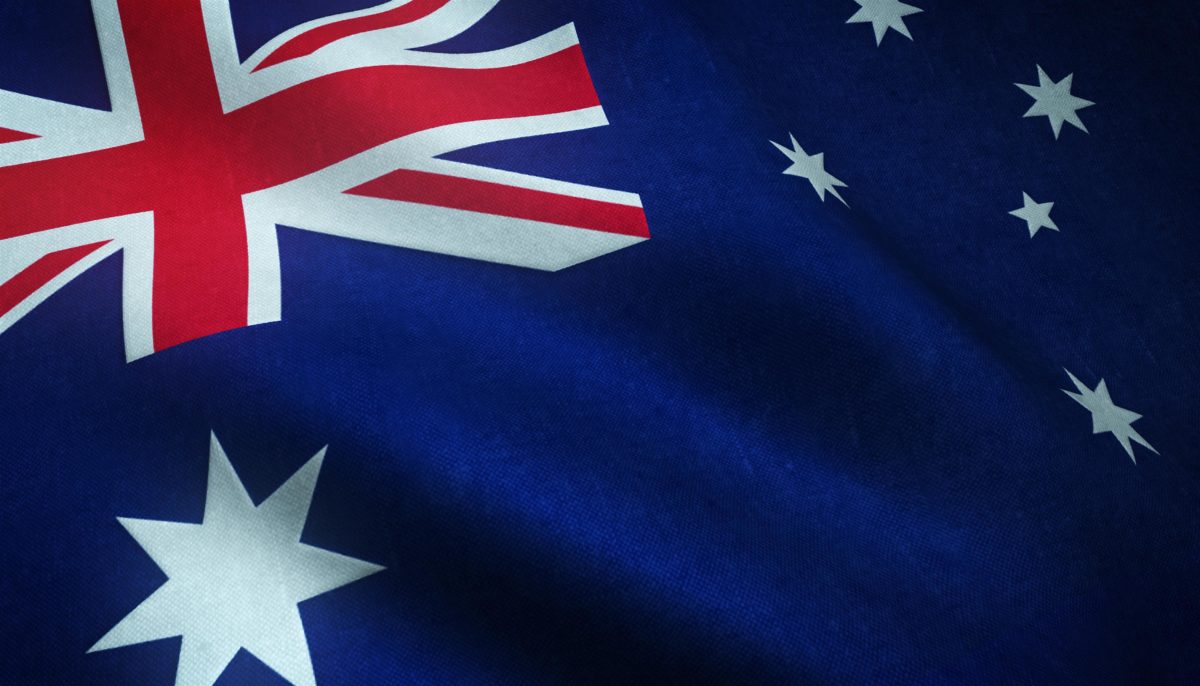Key Points
- Bank of Japan ends the negative rates era, embracing new monetary policy tools.
- Rengo’s wage talks are pivotal in BOJ’s decision for the first rate hike in 17 years.
- Shift to the short-term interest rate as a primary policy tool, setting at 0.1%.
- Yield Curve Control policy abolished; gradual reduction in asset purchases.
- Financial markets react with increased ordinary yen deposit interest rates.
The Bank of Japan (BOJ) unveiled a historic policy shift on a Tuesday, following its March policy meeting, marking a significant departure from its long-standing experiment with negative interest rates and unconventional easing tools. Amid Rengo’s report, Japan’s largest union federation, a provisional 3.7% base pay hike emerged following recent wage negotiations. This surge in wage negotiations, known as “shunt,” surpassed last year’s gains and played a crucial role in BOJ Governor Kazuo Ueda’s emphasis on sustainable wage increases as a cornerstone for the policy shift. For the first time in 17 years, the BOJ hiked rates, signalling a shift towards fostering economic growth in Japan.
Short-Term Rate Set: A New Dawn at 0.1%
Following years of ultra-loose monetary policy, the Bank of Japan has taken a bold step to normalise its stance. Despite core-core inflation rates exceeding the 2% target for over a year, largely attributed to overseas factors, the BOJ maintained its policy course until now. This strategic pivot introduces a short-term interest rate, set at 0.1%, for financial institutions’ current account balances from March 21. This aims to keep the uncollateralised overnight call rate between 0 to 0.1%.
Yield Policy Overhaul: Asset Buys to End
In a further departure from its previous policy framework, the BOJ announced the abolition of its Yield Curve Control policy, which had capped longer-term interest rates around zero. Additionally, the central bank outlined plans to stop purchasing exchange-traded funds and Japanese real estate investment trusts. It also aims to gradually reduce its commercial paper and corporate bonds purchases, intending to cease them within the year.
Market Response: Deposit Rates Surge
Following the BOJ’s policy announcement, major Japanese banks promptly raised interest rates on yen deposits, mirroring the swift market reaction. This move indicates a shift towards normalising monetary conditions in Japan, potentially leading to increased savings and investment rates domestically.
Future Outlook: Cautious Rate Hikes Amid Wage-Driven Demand
The policy shift has sparked discussions regarding the potential volatility from yen carry trade repatriation and the impact on comparative interest rates, particularly the spread between U.S. Treasurys and Japanese Government Bonds (JGBs). Market analysts speculate cautiously on future rate hikes, emphasising wage-driven demand as a guiding factor for these decisions. The consensus indicates that the Bank of Japan is set for a slow, intentional adjustment, focusing on market stability and economic growth.













